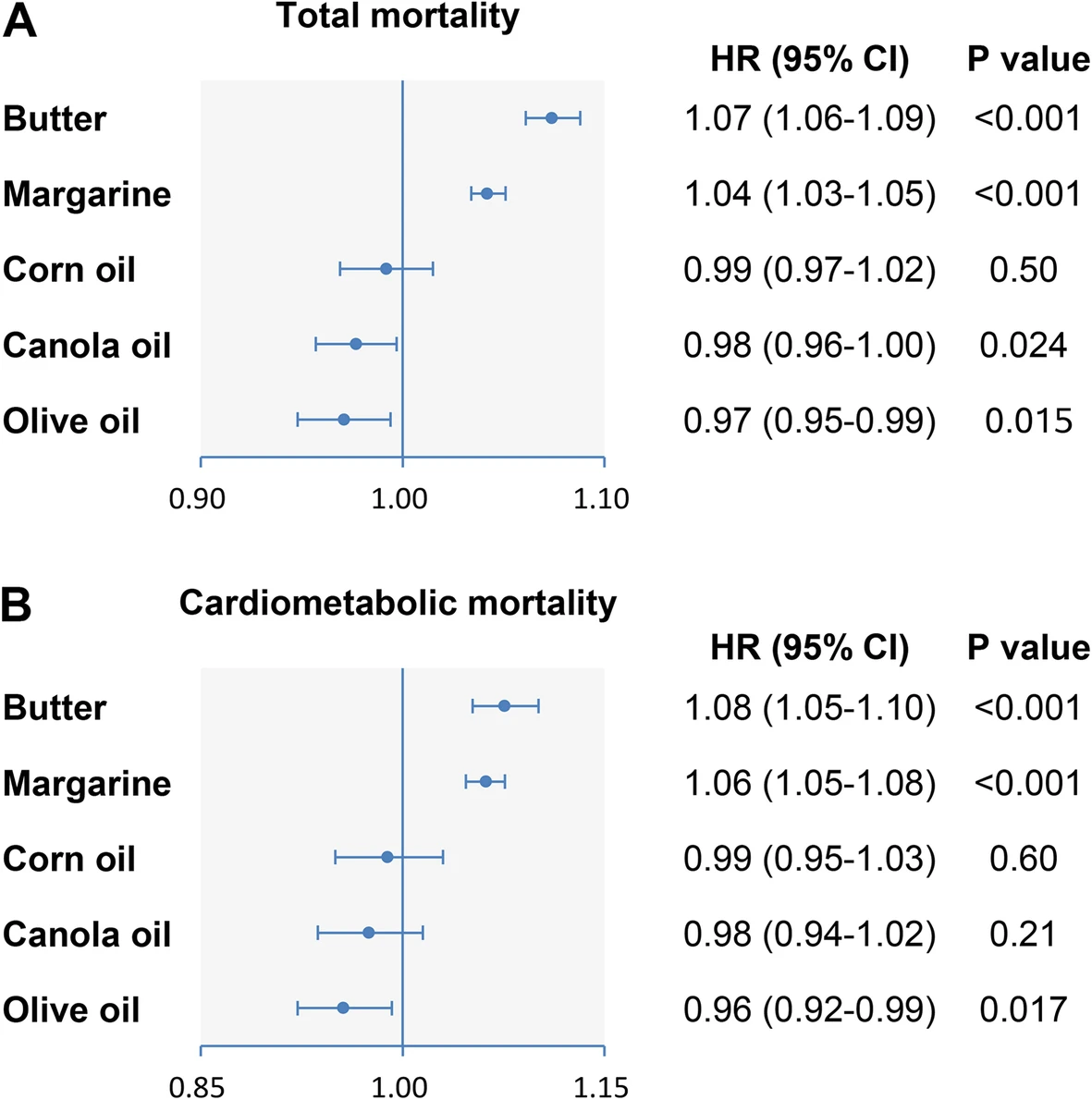I wonder if they can use CO2 that comes from industrial carbon capture, or if it needs to be something purer that takes a lot of energy to produce.
Also, I'm not sure if we can get industrial volumes of hydrogen from sources other than fossil fuels now. Its been a while, but last I checked it was coming from things like byproducts from reformers.
